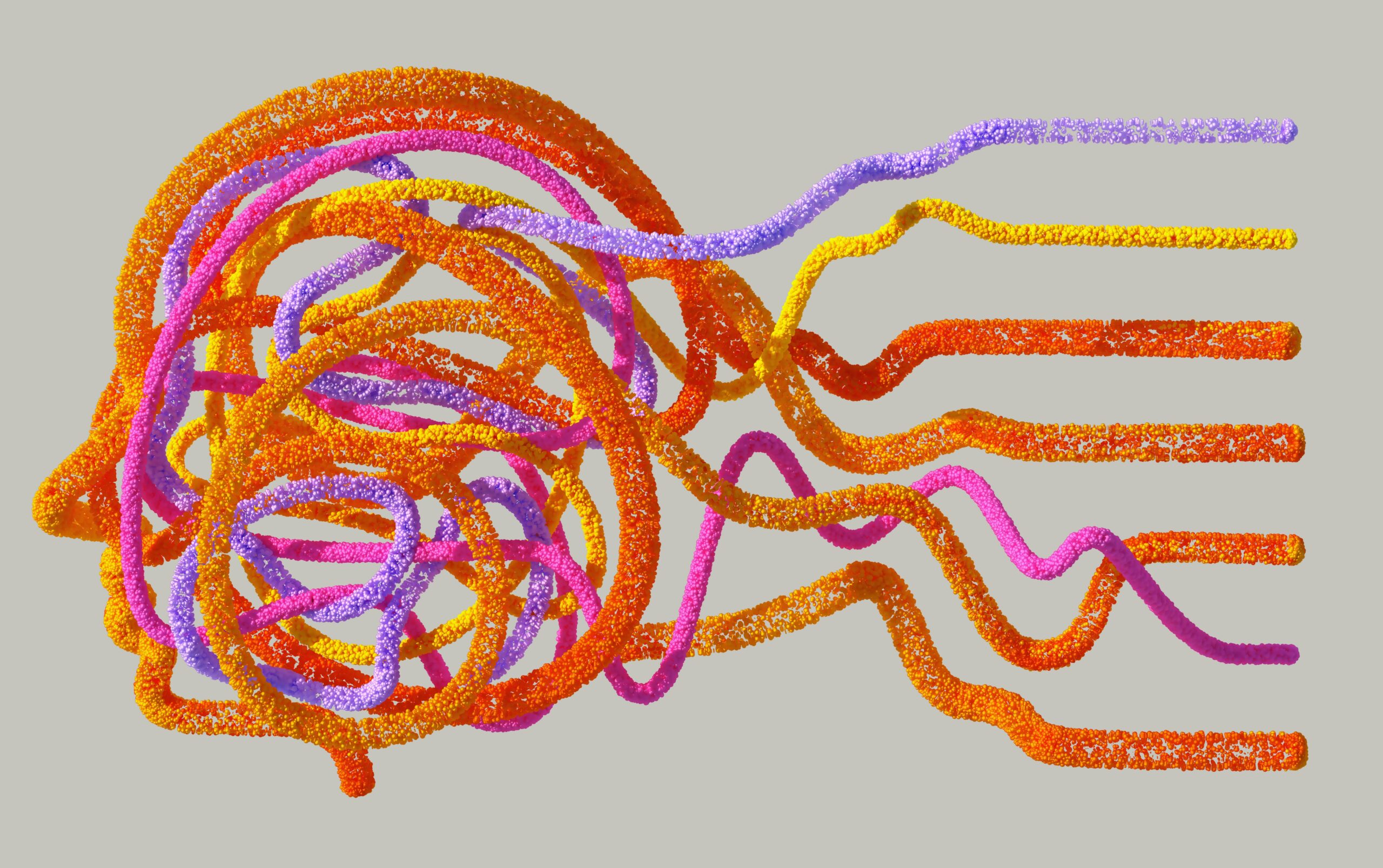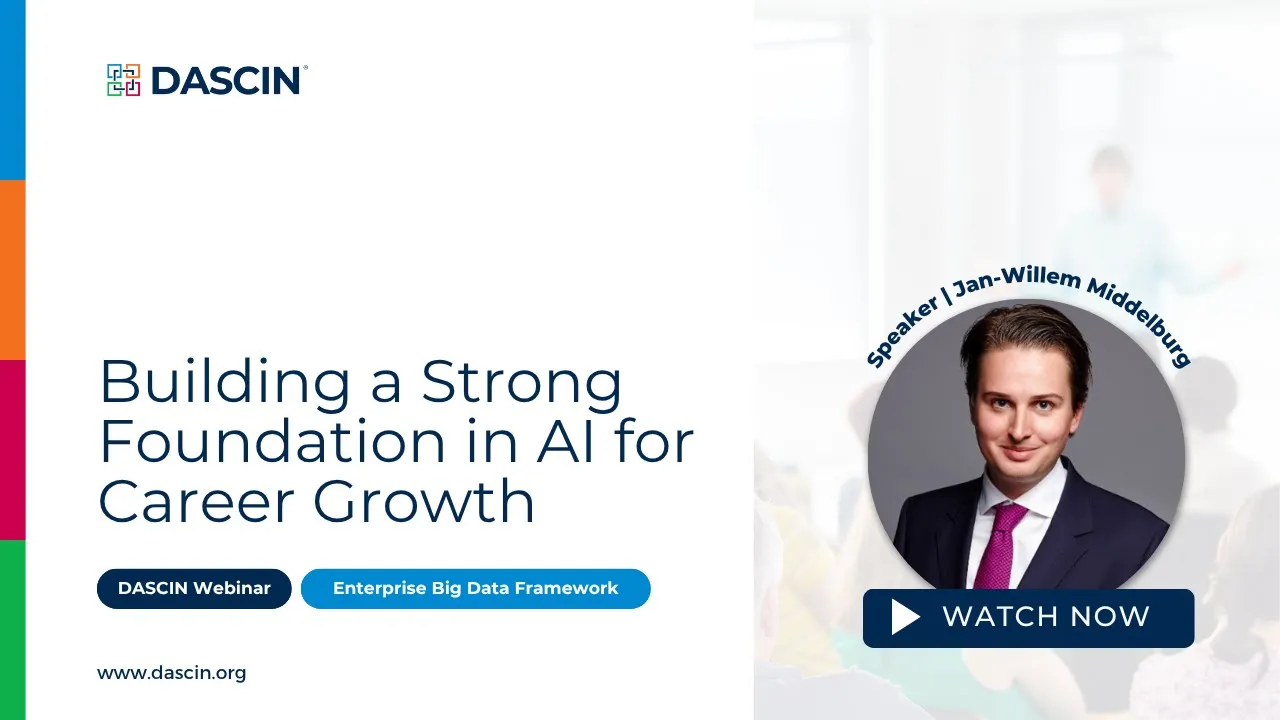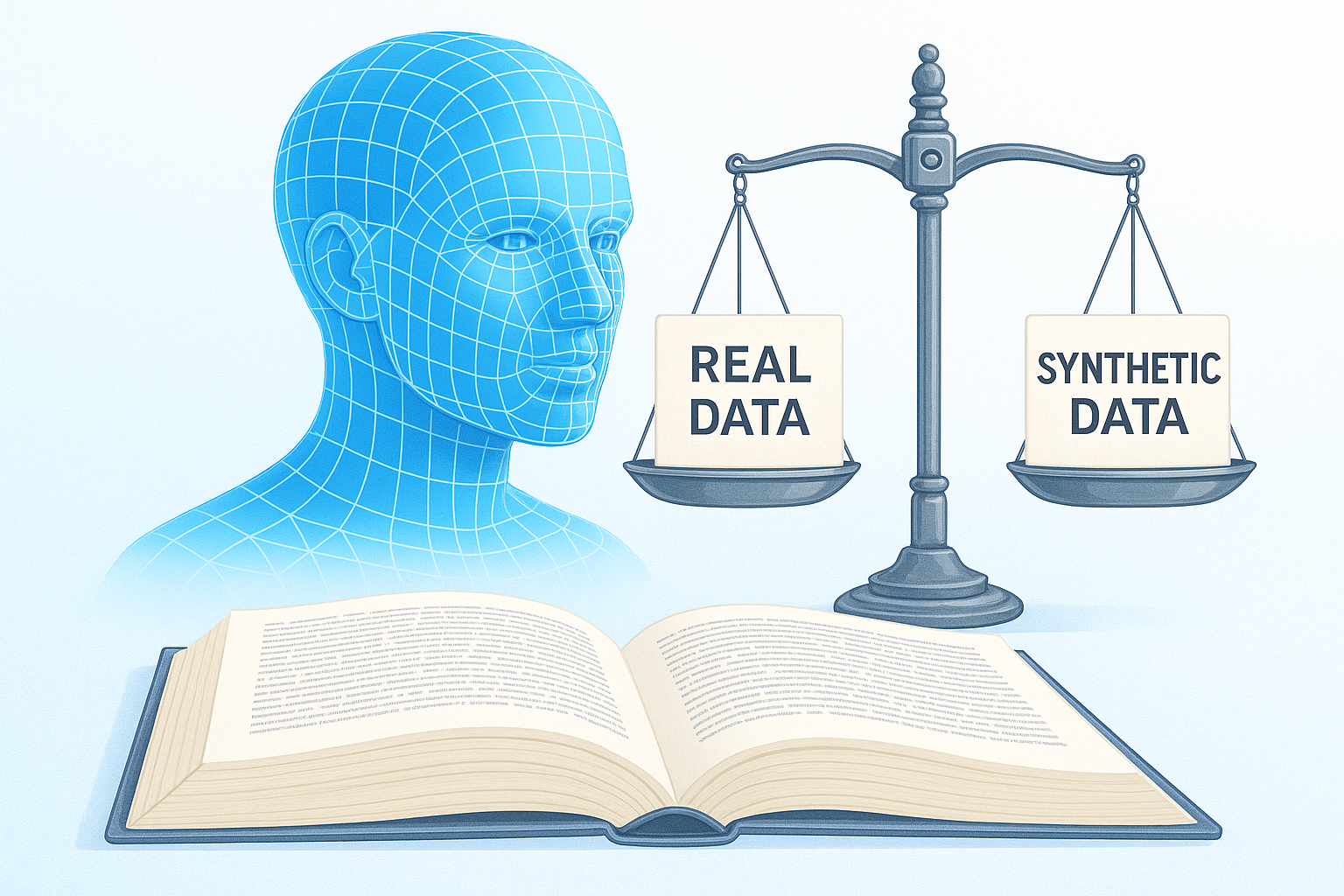Fundamentals of AI
Artificial Intelligence (AI) is transforming the world, from healthcare and finance to entertainment and autonomous systems, bringing both opportunities and ethical dilemmas. As AI continues to evolve, balancing innovation with responsible development will be crucial in shaping a future where technology enhances human potential rather than replaces it.

The Fundamentals of Artificial Intelligence: Understanding the Future of Technology
Artificial Intelligence (AI) has long been a subject of fascination, from science fiction novels to cutting-edge research labs. Today, AI is no longer just a futuristic concept but a reality that is shaping our daily lives. Whether it’s the voice assistant on your smartphone, recommendation algorithms on streaming platforms, or self-driving cars, AI is becoming an integral part of modern society. But what exactly is AI, and how does it work? In this article, we will explore the fundamentals of AI, its history, key components, real-world applications, ethical implications, and its potential future.
A Brief History of AI
The idea of creating machines that can think dates back centuries. Philosophers such as Aristotle contemplated the nature of intelligence, but the real advancements began in the 20th century. In 1950, Alan Turing proposed the famous Turing Test, a method to determine whether a machine could exhibit human-like intelligence. This set the stage for AI research.
The field of AI officially emerged in 1956 at the Dartmouth Conference, where pioneers like John McCarthy and Marvin Minsky laid the groundwork for artificial intelligence as a discipline. Over the decades, AI research experienced periods of rapid progress and “AI winters” – times when funding and interest declined due to unfulfilled expectations. However, with the rise of big data, more sophisticated algorithms, and powerful computing, AI has experienced a renaissance, leading to breakthroughs in machine learning, deep learning, and neural networks.
Understanding AI: Key concepts and Components
At its core, AI refers to machines that can perform tasks that typically require human intelligence. These tasks include problem-solving, learning, perception, language understanding, and decision-making. AI can be broadly categorized into three types:
- Narrow AI (Weak AI): Designed to perform specific tasks, such as virtual assistants (e.g., Siri, Alexa) or recommendation engines on Netflix and YouTube.
- General AI (Strong AI): A hypothetical form of AI capable of performing any intellectual task that a human can do. This level of AI remains theoretical.
- Superintelligent AI: A future concept where AI surpasses human intelligence, leading to profound implications for humanity.
AI is powered by several key technologies:
- Machine Learning (ML): A subset of AI that allows machines to learn from data and improve performance over time without explicit programming.
- Deep Learning: A specialized branch of ML that uses artificial neural networks to mimic the human brain’s learning process.
- Natural Language Processing (NLP): The ability of AI to understand and generate human language, enabling chatbots, translation services, and sentiment analysis.
- Computer Vision: AI’s ability to interpret and process images and videos, used in facial recognition and medical diagnostics.
- Robotics: AI-driven automation used in industries like manufacturing, healthcare, and autonomous vehicles.
- Expert Systems: AI systems that mimic human decision-making using rule-based approaches.
- Cognitive Computing: AI that mimics human thought processes, enabling more human-like interactions with machines.
Real-World Applications of aI
AI is transforming industries across the globe. It is fair to say that literally every business is impacted by AI in some way or another. Here are some of its most impactful applications:
- Healthcare: AI-powered diagnostics, robotic surgeries, and personalized treatment plans are revolutionizing medicine. AI-driven drug discovery is also expediting the development of new medicines.
- Finance: AI detects fraudulent transactions, manages risk, and provides algorithmic trading strategies. Robo-advisors are being used for wealth management, offering personalized investment solutions.
- Retail and E-commerce: Personalized recommendations, chatbots, and inventory management enhance customer experiences. AI-driven analytics also help retailers predict market trends.
- Autonomous Vehicles: AI enables self-driving cars to navigate safely using sensors, deep learning algorithms, and reinforcement learning.
- Education: AI tutors, adaptive learning platforms, and automated grading improve educational accessibility. AI can also provide personalized learning experiences tailored to individual students.
- Entertainment: AI curates personalized playlists, generates music, and even creates art using neural networks. Deepfake technology and AI-driven CGI are transforming media production.
- Manufacturing and Logistics: AI optimizes supply chain management, automates quality control, and enhances predictive maintenance.
- Cybersecurity: AI-driven threat detection helps identify and neutralize cyber threats in real time.
Ethical Considerations and Challenges
Despite its benefits, AI poses significant ethical challenges:
- Bias in AI: AI models can reflect biases present in training data, leading to unfair outcomes in hiring, law enforcement, and lending.
- Job Displacement: Automation threatens traditional jobs, raising concerns about economic inequality and the need for re-skilling workers.
- Privacy Concerns: AI-driven surveillance and data collection raise questions about individual privacy and data security.
- AI Safety: Ensuring AI systems make ethical decisions and remain under human control is crucial for future development.
- Misinformation and Deepfakes: AI-generated content can be used maliciously to spread misinformation and create convincing fake media.
- Regulation and Governance: Governments and organizations are working on frameworks to ensure responsible AI development and deployment.
Many organizations and governments are in the process of finding ways to deal with these significant challenges, although the approaches and solutions vary greatly across the globe.
The Future of aI
AI’s future is both promising and uncertain. Researchers are working on explainable AI (XAI) to make AI decisions more transparent. Quantum computing may accelerate AI’s capabilities, solving complex problems at unprecedented speeds. Moreover, governments and organizations are developing AI ethics guidelines to ensure responsible AI deployment.
Potential future developments include:
- Advancements in AGI (Artificial General Intelligence): The pursuit of human-level intelligence in machines.
- AI and Human Augmentation: AI-integrated prosthetics and brain-computer interfaces.
- AI in Climate Change: AI-driven models for climate prediction and disaster response.
- Collaborative AI: AI systems designed to work seamlessly with humans in hybrid decision-making environments.
As AI continues to evolve, it is essential to balance innovation with ethical considerations, ensuring that this transformative technology benefits humanity as a whole. The journey of AI is just beginning, and its impact on society will be profound in the years to come. Whether AI leads us to a utopia of efficiency and creativity or presents unprecedented challenges, its future will be shaped by how we develop, regulate, and integrate it into our world.
Knowledge - Certification - Community



